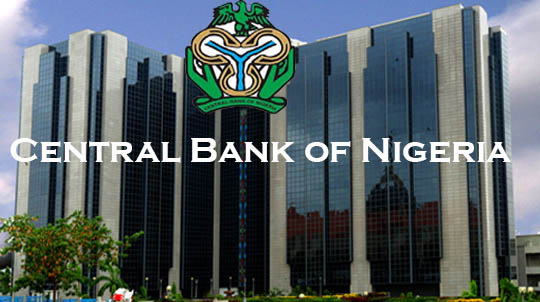Back to: COMMERCE SS1
Welcome to class!
In today’s class, we will be talking about the central bank. Enjoy the class!
Central Bank

CONTENTS
- Features/characteristics of the Central Bank
- Functions of the Central Bank
- Monetary Policy
- Instruments of Monetary Policy
The Central Bank is the apex financial institution in a country which is responsible for the management and control of monetary affairs of the country.
Features/characteristics of the central bank
- It is owned by the government
- It is established through Act of Parliament
- It is the apex financial institution in a country.
- There is only one Central Bank in the country
- It is not a profit-oriented institution
- It does not transact business with individuals
- It is the only bank authorized by law to issue currencies.
Functions of the central bank
- Issuing of currency i.e. Banknotes and coins
- It serves as bankers to the government
- It acts as banker to the banks i.e. it is a banker to commercial banks
- It acts as a lender of last resort. When commercial banks are faced with a difficult financial problem, they can raise loans from the Central Bank as the last resort.
- It controls the foreign exchange reserve.
- It acts as the clearinghouse for the bank; banks come to the Central Bank for settlement of interbank debts.
- Management of the national debt. This includes the documentation as well as servicing of the debts.
- It implements (carry out) government monetary policies.
- It advises both the government and commercial banks.
- It maintains close contact with other International Financial Institutions e.g. IMF
Monetary policy
Monetary Policy is mainly concerned with varying the money supply in the economy. The Central Bank uses some measures like the bank rate, open market operations, special deposits, directives, cash ratio etc to regulate the volume of money in the economy, thereby checking inflation or deflation when necessary.
Instruments of monetary policy/or how the central bank control the commercial banks
- Bank Rate: This is simply the rate of interest at which the Central Bank lends money to commercial banks and rediscount their bills. All other interest rates charged by banks on loans and overdraft depend on the Bank Rate. It is also called the Rediscount Rate. The Bank Rate is raised or lowered to reduce or increase the lending capacity of the commercial Banks and by extension control the money supply in the economy.
- Open Market Operations: This involves buying and selling of securities (e.g. Treasury Bills) from and to commercial banks to reduce or increase the quantity of money in circulation.
- Liquidity Ratio or Cash Reserve Ratio: The commercial banks are mandated by the CBN to keep a specific proportion of their total deposit with the CBN as cash assets to meet customers demand. This percentage (presently 20%) can be raised or lowered to reduce or increase the amount available for lending by the banks to their customers – thereby regulating the money supply.
- Special Deposits: This is an instruction to the commercial banks to keep with the Central Bank special deposits over and above their statutory requirements thereby curtailing the ability of the commercial banks to create credit.
- Special Directives: These are special instructions which the Central Bank uses to decide which direction the lending policies of commercial banks and other financial institutions should follow.
- Moral Suasion: This is a gentle appeal to commercial banks to adopt appropriate policies to contract/expand the money supply. It is done through persuasion based on moral grounds not with the use of force of law by the Central Bank.
Review questions
- State four features of the Central Bank
- What is monetary policy?
- Explain the meaning of the monetary policy instrument – Open market operations.
General evaluation
- Give six reasons why retail shops adopt self-service
- Explain six facilities a retail shop should have to encourage self-service
- Explain five measures taken by a country to promote exports
- List seven contents of a bill of lading
- State seven distinguishing features of a mail-order business
Theory
- Give two functions of the Central Bank
- List four monetary policy instruments used by the CBN to regulate the supply of money in the economy.
Reading assignment
- Essential Commerce for SSS by O. A. Longe Page 92 – 96
- Comprehensive Commerce for SSS by J. U. Anyaele Page 197 – 202
In our next class, we will be talking about Commercial Bank. We hope you enjoyed the class.
Should you have any further question, feel free to ask in the comment section below and trust us to respond as soon as possible.
